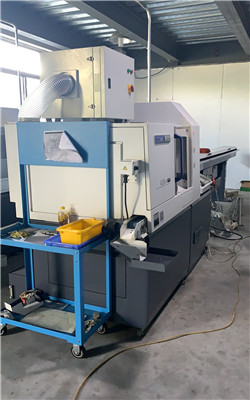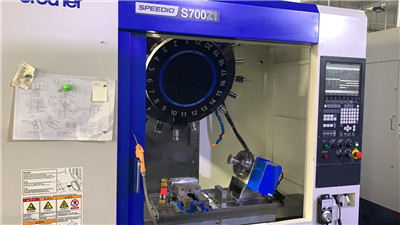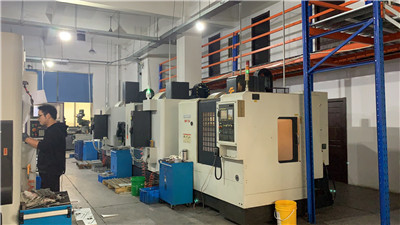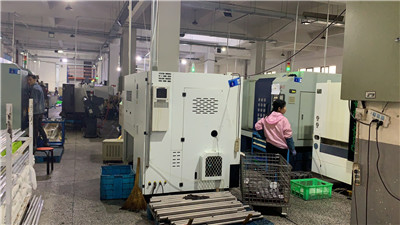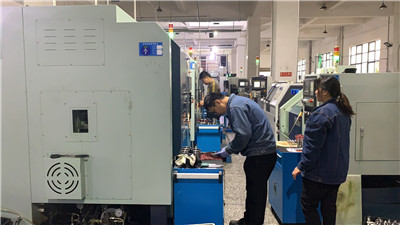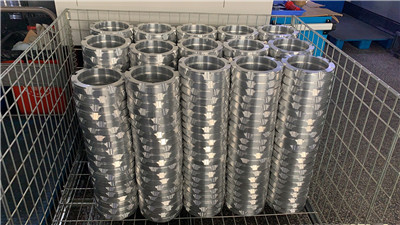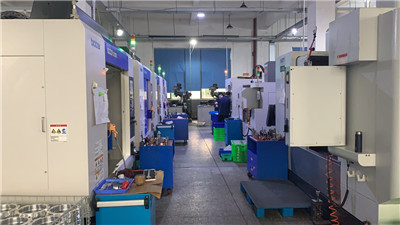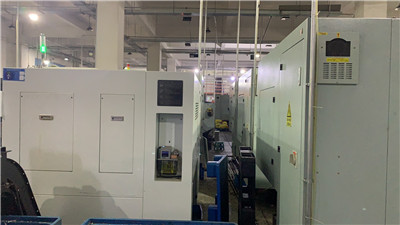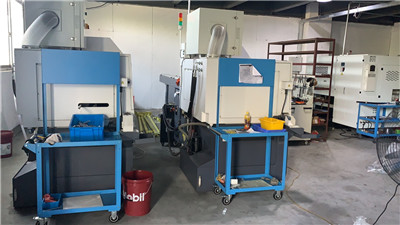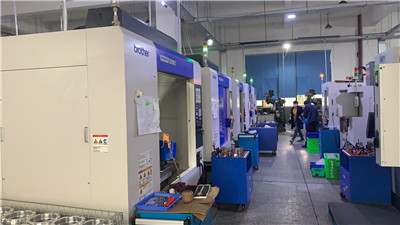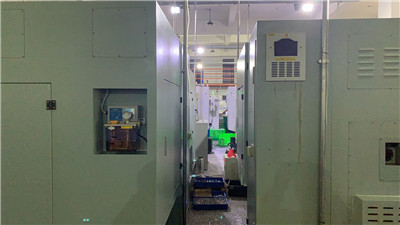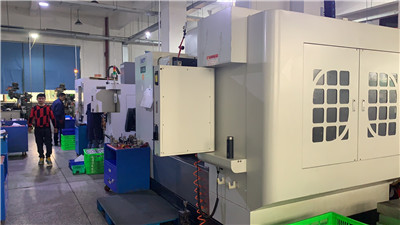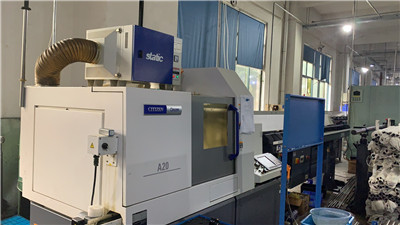CNC Machining
Numerical control processing refers to processing with numerical control processing tools. CNC index-controlled machine tools are programmed and controlled by CNC machining languages, usually G codes. The CNC machining G code language tells the Cartesian position coordinates of the machining tool of the CNC machine tool, and controls the feed speed and spindle speed of the tool, as well as the tool changer, coolant and other functions. Compared with manual machining, CNC machining has great advantages. For example, the parts produced by CNC machining are very accurate and repeatable; CNC machining can produce parts with complex shapes that cannot be completed by manual machining. Numerical control machining technology is now widely promoted. Most machining workshops have CNC machining capabilities. The most common CNC machining methods in typical machining workshops are CNC milling, CNC lathe, and CNC EDM wire cutting (wire electric discharge).
The tools for CNC milling are called CNC milling machines or CNC machining centers. The lathe that performs numerical control turning processing is called a numerical control turning center. CNC machining G code can be programmed manually, but usually the machining workshop uses CAM (computer aided manufacturing) software to automatically read CAD (computer aided design) files and generate G code programs to control CNC machine tools












